Understanding the Basics
Fixed Rate Mortgage
A Fixed Rate Mortgage is straightforward. You lock in an interest rate for the entire term of the loan, usually 15, 20, or 30 years. This means your monthly payments remain consistent, providing predictability and peace of mind.
Adjustable Rate Mortgage (ARM)
An ARM typically offers lower initial interest rates compared to Fixed Rate Mortgages. However, this rate is not set in stone. After an initial fixed period (e.g., 5, 7, or 10 years), the interest rate adjusts periodically based on a specific index plus a margin. This means your monthly payments can fluctuate over time.
Comparing Initial Interest Rates
- Fixed Rate Mortgages often come with higher initial interest rates, but these rates are locked in, ensuring your payment amounts remain constant.
- ARMs generally start with lower initial rates, making them attractive to borrowers looking to minimize upfront costs. However, these rates can increase after the initial period.
Interest Rate Caps and Floors
- Interest Rate Caps limit how much the interest rate can increase at each adjustment period and over the life of the loan. For example, a 5/1 ARM might have an initial cap of 2%, periodic caps of 2%, and a lifetime cap of 5%.
- Interest Rate Floors ensure the interest rate doesn’t drop below a certain level, protecting lenders.
Payment Predictability
- Fixed Rate Mortgages offer predictable monthly payments, making budgeting easier. You know exactly what you’ll pay each month, which can be reassuring.
- ARMs come with uncertainty. After the initial fixed period, your payments can rise or fall based on interest rate changes. This can complicate long-term financial planning.
Potential Savings and Losses
Short-Term Horizon
- ARMs can offer significant savings if you plan to sell or refinance before the initial fixed period ends. The initial lower interest rates can reduce your monthly payments and overall interest costs.
Long-Term Horizon
- Fixed Rate Mortgages are generally safer for those planning to stay in their home for many years. They protect you from potential future interest rate increases, ensuring your payments remain manageable.
Impact of Interest Rate Changes
- Fixed Rate Mortgages shield you from market fluctuations. Even if interest rates skyrocket, your rate remains the same.
- ARMs expose you to interest rate risk. While you may benefit from falling rates, rising rates can lead to higher monthly payments and increased total mortgage costs.
Practical Advice for Choosing the Right Mortgage
Consider Your Financial Goals
- Stability Seekers:
If you value predictability and long-term stability, a Fixed Rate Mortgage is likely your best bet. It’s ideal for those who plan to stay in their home for an extended period or prefer consistent budgeting.
- Risk Takers:
If you’re comfortable with some level of risk and plan to move or refinance within a few years, an ARM could offer significant short-term savings. Just be prepared for potential rate increases later on.
Consult with Financial Advisors
Before making a final decision, consult with a financial planner who can help you understand the implications of each mortgage type on your financial situation and goals.
Monitor Market Conditions
Keep an eye on interest rate trends. If rates are historically low, locking in a fixed rate might be advantageous. If rates are high, an ARM could offer temporary relief until you can refinance at a lower rate.






